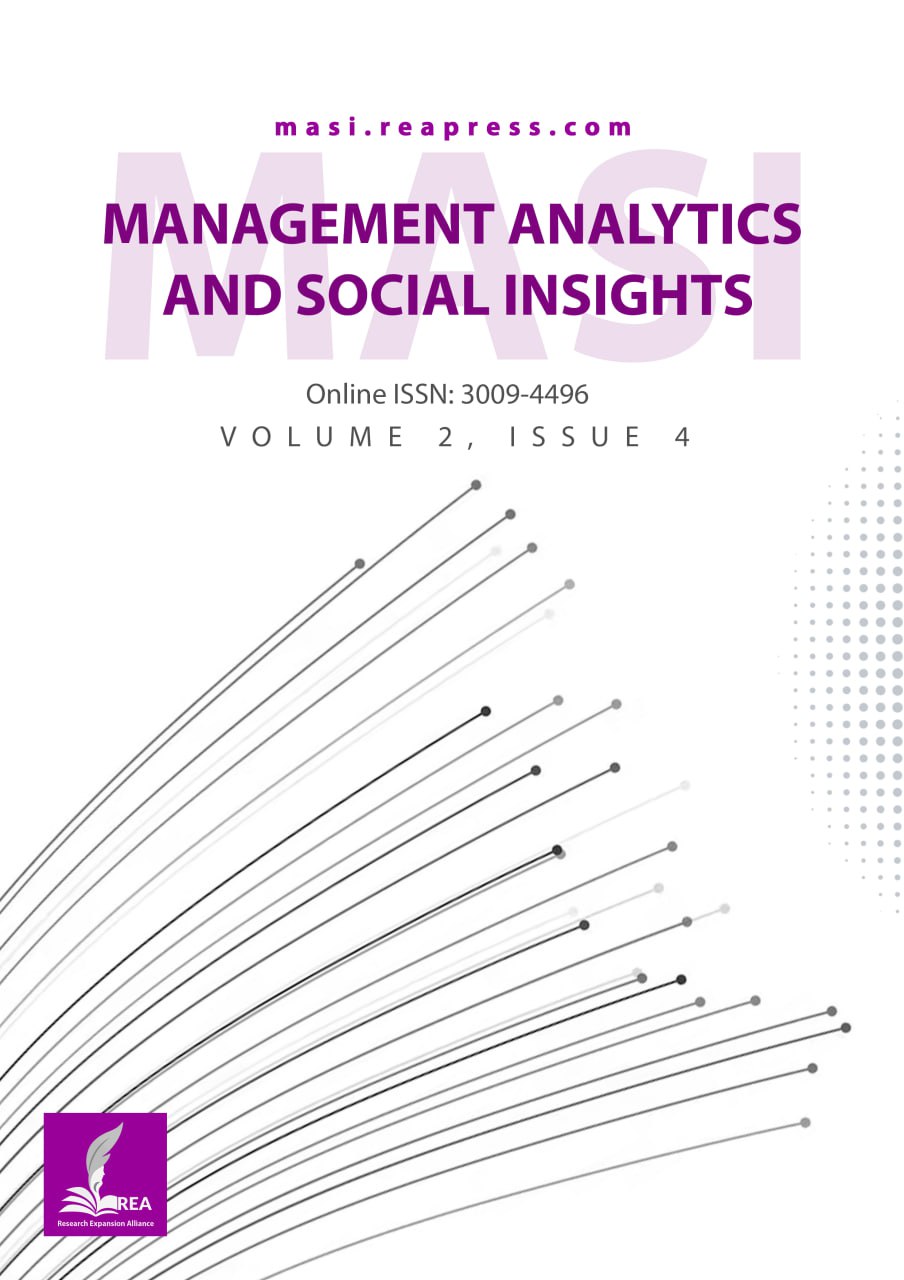Exploring the Efficacy of Blended Learning Approaches in Language Acquisition
Abstract
This paper explores the integration of two levels of learning, i.e., through gamification and traditional methods, which contribute to language acquisition. It intends to enable students to access course materials and collaborate with their peers and instructors in both physical and virtual learning contexts. Educators can effortlessly integrate structured grammar and vocabulary exercises into gamified platforms to practice and evaluate students' language skills. This enables students to work on exercises in grammar, such as fill-in-the-blank, error analysis, and Sentence construction. Though technology and gamification make learning more accessible, it is believed that teachers are needed for guidance, feedback, insight into local culture, and motivation. Such an integrated approach can increase learner engagement and encourage extensive retention, resulting in a flexible and future-ready learning landscape. Teachers can use online platforms for quizzes, challenges, and virtual badges to encourage students for their progress. Regarding technology, teachers can utilize apps like Duolingo to pinpoint areas where students struggle and offer targeted support. This work explores the interaction between the two strategies, offering a hybrid paradigm that leverages the advantages of both approaches. It describes how gamified platforms can supplement conventional learning to provide a more dynamic, individualized, and self-motivated approach to learning. It also tackles issues like maintaining balance between structure and flexibility, as well as making sure that everyone has access to the technology. Ultimately, this study envisions a future of language learning as a blended approach between traditional learning and gamified language learning, creating a more engaging and better-fitting system for achieving language acquisition. This change is a natural progression as language learning finally moves away from textbook-based instruction filled with grammar and phrases that many people find so hard to remember. This evolution represents a crucial phase towards democratizing language learning and making fluency and other aspects of language attainable for all
Keywords:
Gamification, Traditional learning, Language learning, Hybrid paradigmReferences
- [1] Dan, Z. (2024). The effects of implementing blended learning in college English education: An impact on students and teachers using blended learning to develop language proficiency. Technology analysis strategic management, 1–14. https://doi.org/10.1080/09537325.2024.2399790
- [2] Richards, J. C., & Rodgers, T. S. (2014). Approaches and methods in language teaching. Cambridge university press. http://dl.alijafarnode.ir/file/sample.Approaches.2nd.Richards.pdf
- [3] Deterding, S., Dixon, D., Khaled, R., & Nacke, L. (2011). From game design elements to gamefulness: Defining "Gamification". In Proceedings of the 15th international academic mindtrek conference: envisioning future media environments (pp. 9-15). https://dl.acm.org/doi/abs/10.1145/2181037.2181040
- [4] Zhou, T., & Zhang, W. (2022). Effectiveness study on online or blended language learning based on student achievement: a systematic review of empirical studies. Sustainability, 14(12), 7303. https://doi.org/10.3390/su14127303
- [5] Bassett-Gunter, R. L., Martin Ginis, K. A., & Latimer-Cheung, A. E. (2013). Do you want the good news or the bad news? gain-versus loss-framed messages following health risk information: the effects on leisure time physical activity beliefs and cognitions. Health psychology, 32(12), 1188. https://psycnet.apa.org/buy/2012-28216-001
- [6] Anthony Jr, B., Kamaludin, A., Romli, A., Raffei, A. F. M., Nincarean A/L Eh Phon, D., Abdullah, A., & Baba, S. (2019). Exploring the role of blended learning for teaching and learning effectiveness in institutions of higher learning: An empirical investigation. Education and information technologies, 24(6), 3433–3466. https://doi.org/10.1007/s10639-019-09941-z
- [7] Majeed, M., & Rehan Dar, F. (2022). Investigating the efficacy of blended learning in ESL classrooms. Cogent education, 9(1), 2133500. https://doi.org/10.1080/2331186X.2022.2133500
- [8] Gee, J. P. (2003). What video games have to teach us about learning and literacy. Computers in entertainment (cie), 1(1), 20. https://doi.org/10.1145/950566.950595
- [9] Sheerah, H. A. (2018). Exploring English as foreign language (EFL) students’ perceptions on the use of blended learning to develop academic English language skills in preparatory year in Saudi Arabia. https://doi.org/10.48683/1926.00084952
- [10] Guo, Y., Wang, Y., & Ortega-Martin, J. L. (2023). The impact of blended learning-based scaffolding techniques on learners’ self-efficacy and willingness to communicate. Porta linguarum revista interuniversitaria de didáctica de las lenguas extranjeras, (40), 253–273. https://doi.org/10.30827/portalin.vi40.27061


